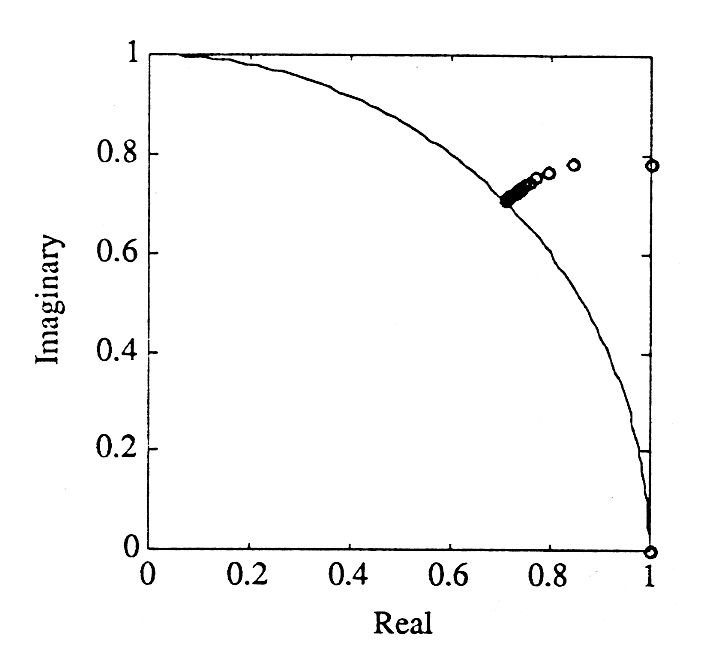| << Chapter < Page | Chapter >> Page > |
We have demonstrated that the function has two representations:
In this experiment, you will write a MATLAB program to evaluate the two functions and for twenty values of :
Choose
. Use an implicitloop to draw and plot a circle
of radius 1. Then use an implicit for loop to compute and plot
and an
explicit for loop to compute and plot
for
. You should
observe plots like those illustrated in
[link] . Interpret them.
for



Notification Switch
Would you like to follow the 'A first course in electrical and computer engineering' conversation and receive update notifications?